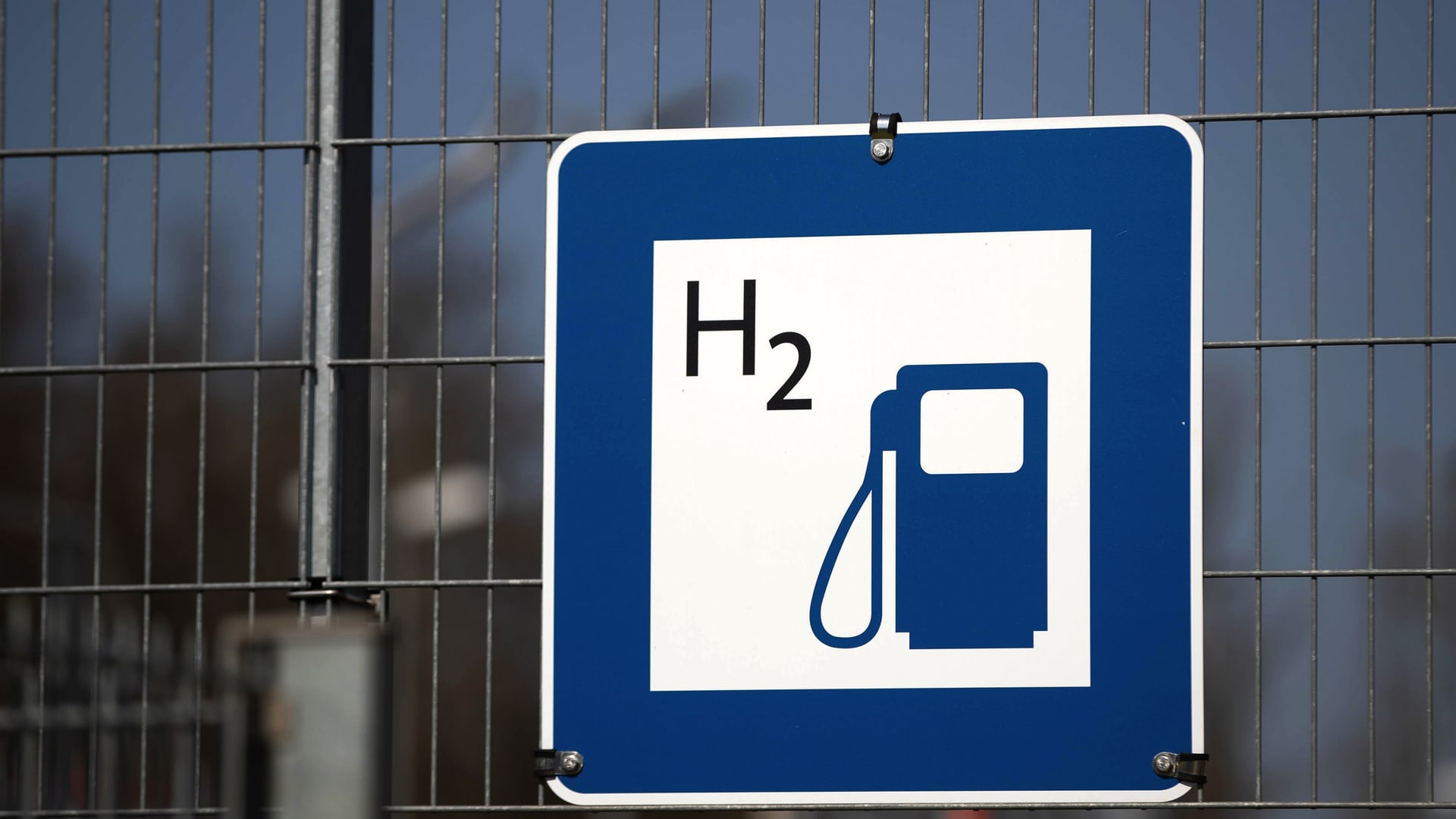Energy
Tuesday, July 9th, 2024 8:10 am EDT
Key Points
- Tropical Storm Beryl struck the Texas coast, leaving over 2 million people and businesses in the Houston area without power and prompting numerous high-water rescues due to heavy rains. Despite weakening from a Category 1 hurricane upon landfall, it still caused significant disruptions, knocking down trees and flooding roads.
- The aftermath of Beryl saw extensive power outages in Houston, impacting daily life and prompting urgent restoration efforts by local officials amidst concerns over food spoilage and summer heat. The storm’s effects included dramatic rescues, with emergency responders navigating hazardous floodwaters to save stranded individuals.
- Beyond Houston, Beryl’s path continued to pose threats as it moved inland, with forecasts of continued heavy rainfall and potential flash flooding in Louisiana and other states. The storm’s rapid intensification and earlier devastation in the Caribbean underscored its unpredictability and highlighted ongoing challenges in managing natural disasters in affected regions.
Tropical Storm Beryl made a swift and impactful landfall along the Texas coast, leaving a trail of chaos and disruption in its wake. Initially arriving as a Category 1 hurricane before quickly downgrading to a tropical storm, Beryl still packed enough punch to knock down hundreds of trees and inundate roads with heavy rains, prompting numerous high-water rescues. Tragically, at least two fatalities occurred when trees fell on homes amidst the storm’s fury. Despite these losses, widespread structural damage was not reported, though over 2.2 million homes and businesses in Houston found themselves without power, exacerbating the challenges faced by residents already reeling from recent storms in May.
The aftermath saw a community grappling with power outages and logistical hurdles, as many struggled without electricity amid rising temperatures. Eva Costancio, a resident in Rosenberg, expressed concerns over food spoilage due to prolonged power loss, highlighting the immediate impacts on daily life. Meanwhile, Houston and Harris County officials mobilized power restoration efforts, acknowledging the potential for extended outages ranging from 72 hours to two weeks in some areas. Despite these efforts, ongoing rains from Beryl continued to pound Houston, causing further street closures and necessitating additional rescues, including dramatic scenes of emergency responders saving individuals trapped by floodwaters.
As cleanup efforts commenced, the cityscape of Houston bore the scars of Beryl’s wrath: streets littered with fallen debris and neighborhoods grappling with fallen trees and damaged homes. The storm’s reach extended beyond infrastructure disruptions, affecting industrial operations with reports of flaring at facilities due to power disruptions. Amidst these challenges, the broader impact of Beryl continued to unfold as it moved inland, posing threats of heavy rainfall and potential flash flooding in Louisiana and beyond. Meteorologists warned of unpredictable weather patterns, including the risk of tornadoes, underscoring the ongoing unpredictability and risks associated with tropical storms like Beryl.
In summary, Tropical Storm Beryl’s swift passage through Texas left a profound mark, testing communities already familiar with adversity from natural disasters. While efforts to restore normalcy and mitigate further risks were underway, the storm’s impacts on infrastructure, livelihoods, and safety underscored the resilience required in facing such climatic challenges.
For the full original article on CNBC, please click here: https://www.cnbc.com/2024/07/08/texas-residents-told-to-expect-power-outages-flooding-as-beryl-moves-closer-to-landfall.html




